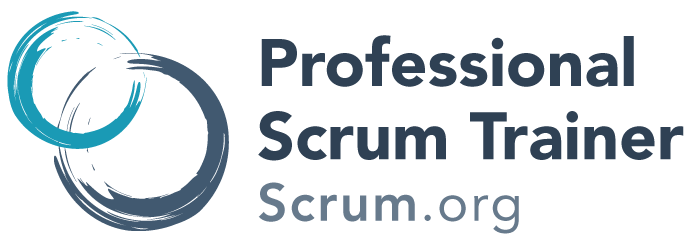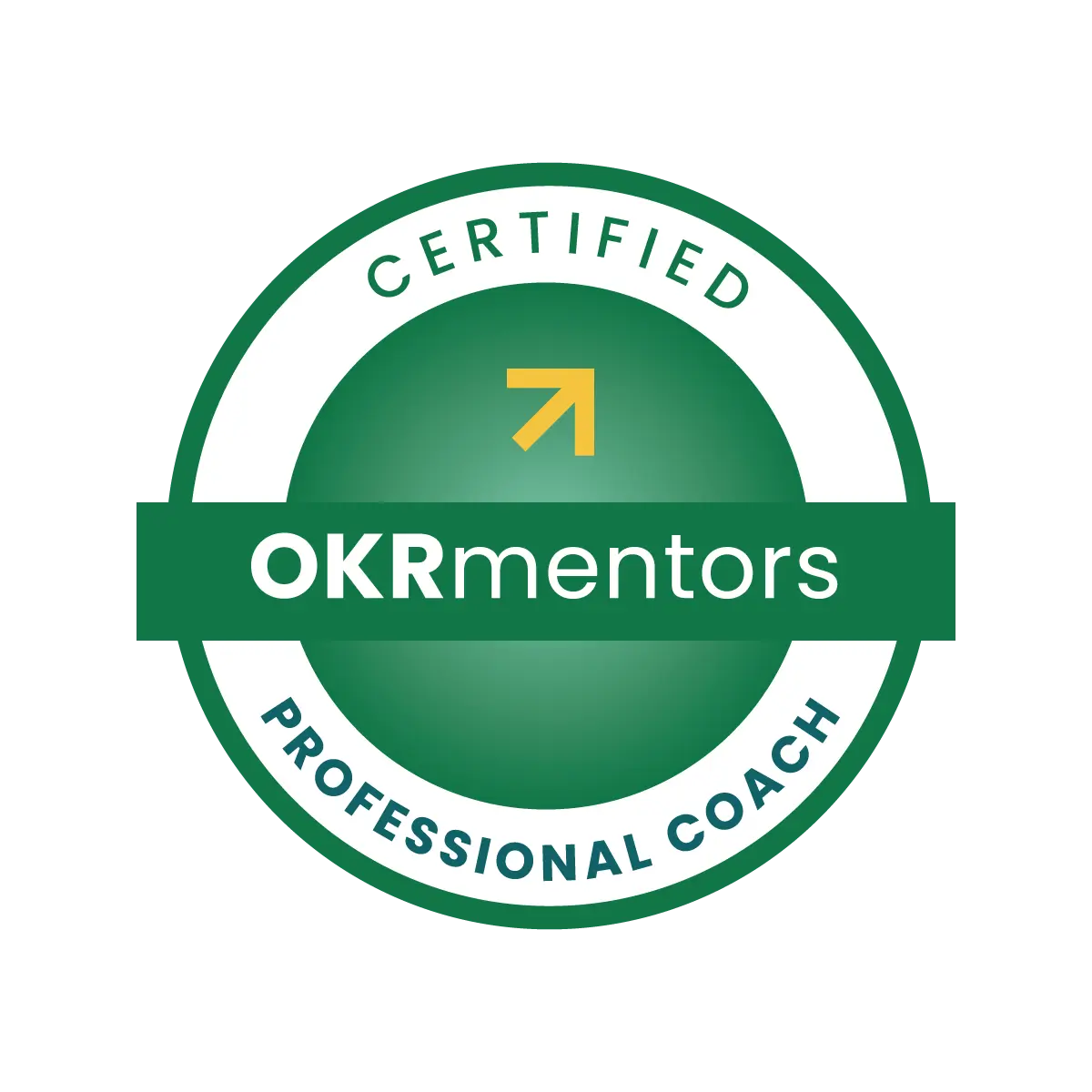Leading your operating model through technical leadership and engineering excellence.
We help organisations improve the performance of their digital products by creating operating models that increase speed, strengthen decision-making, and reduce delivery friction. Our work aligns strategy, discovery, delivery, and operations so teams can move faster with greater clarity and accountability.
We enable leaders to build empowered teams, clearer value flow, and measurable business outcomes. Clients see faster delivery cycles, higher product quality, and better economic returns by focusing on evidence-based decisions and strong engineering leadership.
Our expertise ensures that technology becomes a strategic advantage rather than a constraint, providing organisations with a more resilient, adaptable, and effective system of work.
Telling People What to Do Is Not Leadership. It’s a Failure of System Design
Explores why real leadership means designing systems that enable team autonomy, flow, and accountability, rather than relying on command-and-control management.
Read more...Recent engineering excellence insights
































